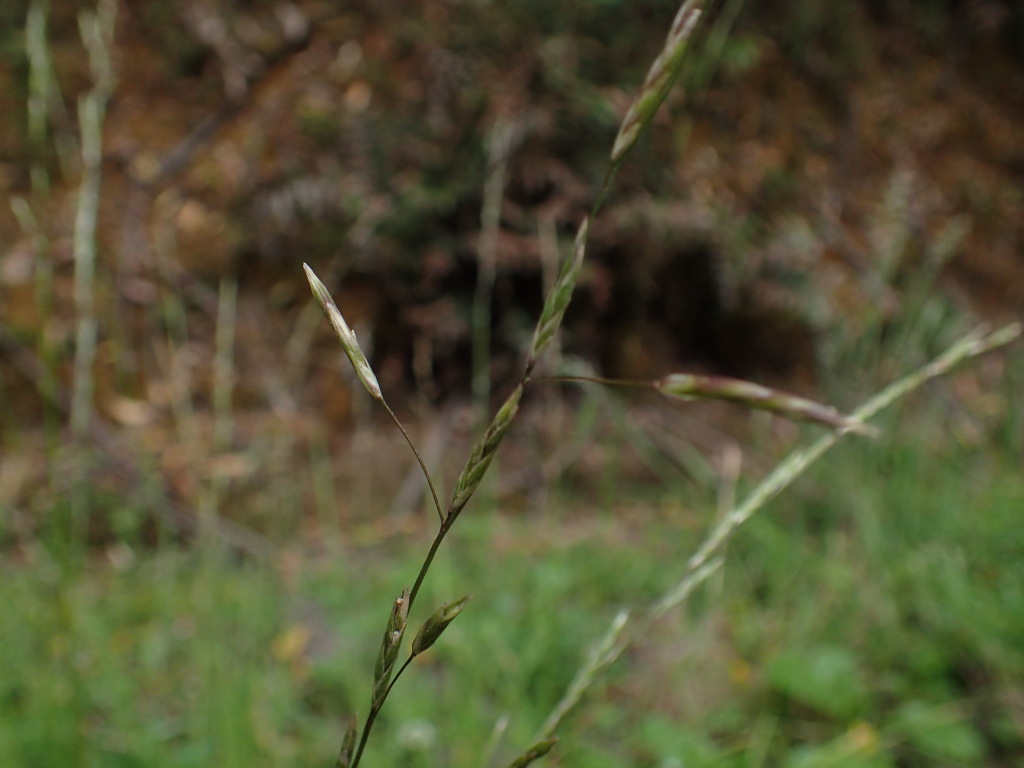Glyceria fluitans
(L.) R.Br.Tufted or stoloniferous perennial, culms ascending to erect, to c. 1 m high. Leaf-blades to 30 cm long and 10 mm wide; sheaths closed toward base; ligules 5–15 mm long, soon becoming torn. Inflorescence a slender panicle, often curved or drooping, open at anthesis, becoming contracted at maturity, 10–50 cm long. Spikelets 8–16-flowered, 14–35 mm long; lower glume 2–3.5 mm long, upper glume 3–4(–5) mm long; lemma 7-nerved, ovate to narrow-elliptic, 5.5–7 mm long, the midvein terminating slightly short of the broadly acute to obtuse, often slightly erose apex, finely scabrous along nerves; palea equal to or often sllightly exceeding lemma. Flowers Nov.–Jan.(–May).
GleP, VVP, Gold, CVU, DunT, OtR. Occasional in permanently wet or seasonally inundated areas mainly in south-western parts of the State, e.g. Ballarat, Avoca, Portland areas, but also Trentham and Castlemaine.
Collection notes with specimens suggest its occurrence is restricted to non-pristine wetlands, but distribution probably incompletely known owing to past confusion with native G. australis. See notes under that species.
 Spinning
Spinning

